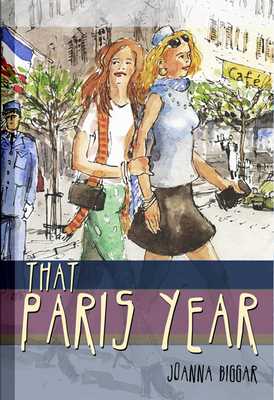So, I’m in Provence settling into our new house for the year, and especially our new kitchen. The space, the light, the view to the terrace, all are delights. And that’s even without the wonderful foods we are able to bring home by the basketful. But a tiny obstacle rises up— how to use the digital, sleek, glass-top convection stove top (to say nothing of the induction oven).
In simple terms, I needed to know how to boil water. Instead of enrolling in a cooking class, I begin thinking that I should opt for a physics class.
My husband, much braver in these matters than I, plunged ahead pushing digital buttons like a whiz, and with great untutored success. But for me, the boiling water thing became an obstacle course, accompanied by blinking red lights, unexplained flashing letters, and sometimes a outright revolt: the stove shut down completely.
The day I actually cried over spilt, or rather burnt, milk in a ruined pan was the day I knew the time had come. I needed to read the instruction booklet, a task I’m happy to postpone in any language. The parts about the sensitive nature of the stovetop and how it would shut down with any helping of liquid on it (read condensed steam) I got, and why it started shouting and dinging if anything was placed on its surface inadvertently, I got too. Screaming alarms and proper venting, OK.
Then I settled down to the nitty-gritty of the control buttons, the need-to-know for the basics of cooking. The first level, 1-2, as any French housewife will tell you, is setting for “sauce hollandaise” and “omelette norvège.” But when you think about it, where else would you start? That, of course, is followed by levels 3-4, which are best for your “poisson à la vapeur” and your “viande à l’étoufée.” And level 5-6, it naturally follows, is what you would use for your “ragoûts.”
By this time, I was feeling the teensiest bit of panic, contemplating the error of my ways, and trying to envision the array of disasters that the wrong setting might produce. The wrong button and my Norwegian omelette might turn Spanish, my hollandaise turn into scrambled eggs, my “étoufées” blow right on into my “boeuf bourguignon.” And I didn’t seem to be anywhere closer to knowing how, exactly, I was to warm the milk for my morning coffee.
Moving on through the next settings, those for “cordon bleu,”  “roux” and frying beignets,
“roux” and frying beignets, to say nothing of those for your cooking your basic kidneys or making “galettes,” didn’t exactly reassure me, either.
to say nothing of those for your cooking your basic kidneys or making “galettes,” didn’t exactly reassure me, either.
All those years of Mastering French Cooking with Julia began to vanish as my eyes turned watery. The huge, illustrated “Best of Provençal Cooking” by Richard Olney next to the 500-page tome of “La Cuisine Française” stared back at me from the table like a reproach. Whatever happened to my old, worn volume of “The Joy of Cooking,” I wondered? What if the children came and they wanted mac and cheese, or, mon Dieu, a hot dog?
I glanced down at the last setting, number 9. Good for boiling water, it said.
After a celebratory cup of tea, I needed to regroup, find my élan again. “How about lunch in town?” I suggested to my husband.
Soon we were settled into a favorite little brasserie, and I began contemplating the day’s offerings of simple fare: veal in cream sauce with steamed rice, little steaks done up with shallot butter, spinach soufflés, sea bass stuffed with leeks and stuffed aubergines with parmesan—that sort of thing.
Then a smartly dressed, lawyerly looking woman and a young man came in, sat next to us, and began discussing the plans for his upcoming wedding. With the tables only inches apart, it was hard not to hear. When the waiter asked for their order, and I heard her say, “Un Hamburger,” my ears perked up. The young man ordered the same.
Really? Good old American food—I was guessing setting 6—and offered a silent salute to Betty Crocker.
Then the waiter asked what she wanted with it. I listened for the familiar words: onions, pickles, catsup, mustard.












